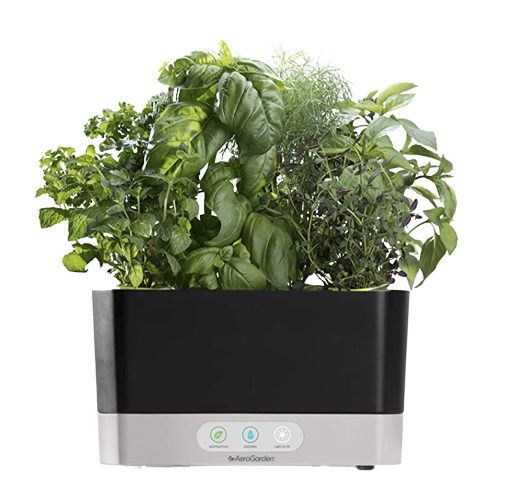Last Updated on May 17, 2023
Donating is one of the most charitable acts of kindness you can ever make. It’s giving your hard-earned belongings to someone, especially to victims of calamities, veterans, and others who need help. But donating doesn’t necessarily mean giving away what you consider ‘clutter,’ ‘useless,’ or ‘ready-to-dispose’ household items. You need to know some important things when donating old household items to ensure you’re doing it the right way.

1. Charity Or Donation Organizer Policy
The first step to take before packing the household items you want to donate is to know the donation guidelines of the charity. This step is crucial to determining the best donation practices. For instance, you can visit the charity’s website for smoother donation transactions to know the allowed household items.
Many non-profit organizations such as the Red Cross, the United Nations, and Veterans Affairs have donation programs. It’s essential to contact them or find more information about their specific donation campaigns. Some charities focus only on necessities like food and clothing donations while others accept various household items.
2. Drop-Off Locations
You can donate household items to special drop-off boxes located around your community or city. But not every community or city has a drop-off bin, so you have to find out if your community or city has this option. Donation organizers usually have tight partnerships with business establishments and set up donation centers in these areas for people to easily drop off their donations. You can check out this Red Cross donation review to learn more.
In addition, charitable institutions partner with third-party hauling companies to collect donated goods. A third-party pickup service provider can retrieve donor goods from households and deliver them to charities or their designated locations. Some stores have intended charity-designated staff and trucks to perform this task.
3. Acceptable And Not Acceptable Items
Most charities accept useful and quality household items, from clothes, shoes, bedding, and toys to small appliances, cooking utensils, kitchen tools, and small furniture items. They also accept jewelry, antiques, sports equipment, and home improvement items like hardware and building materials.
Some donations may or may not be accepted by charitable institutions. Examples include computer equipment, large furniture, stuffed animals, large appliances, and exercise equipment. Many charities don’t accept non-working household items, used carpets, paint, mattress, firearms, magazines, and newspapers.
4. Packing Instructions
You can’t just place all household items in a box and drop them off in community donation boxes. Charities advise donors to pack household items properly to make transportation and handling faster and easier.
Some household items have smaller pieces. You can gather all the necessary parts in a bag and place a label on it. Make sure to send the user manuals, too. Moreover, label larger items properly, including their weight and dimensions.
Reduce the risk of transportation damage by ensuring proper packing of household items. You can disassemble larger items for easier transport. If you’re unsure how to prepare your household items, contact the charity or third-party service provider.
Label the boxes for faster verification during a third-party donation pickup. Place your donated items outside. Most third-party transportation service providers don’t come into donors’ homes, so move them to the garage, driveway, or outside your home. For harsh weather conditions, contact the transportation service to agree on an alternative location for your donation.
5. Health And Safety Standards
When donating household items, ensure they’re complete, clean, and in good working condition. Charities can’t afford to take and discard incomplete, stained, chipped, broken, torn, unusable, or recalled items. Donating such items will only prolong the sorting stage and may put the volunteers at risk for cuts and other related accidents.
Baby items like bassinets, infant seating, highchairs, strollers, and changing tables must meet current safety standards. Car baby seats must be less than five years or at least a year before expiration. It’s advisable to wash clothes and bedding before donating them to charity to ensure they’re clean and disinfected for health and safety. Make sure other household items don’t have mold or rust. If there’s any dust or dirt on them, wash or wipe them before donating.
Some charities only accept items two people can carry because heavy ones can be a safety hazard. Check the charity’s specific health and safety guidelines for more information.
Donate Wisely
When donating old household items, it’s important to know the guidelines of the charitable institution to save time and effort. Ensure to only donate working and good quality household items for the health and safety of the recipients. If you’re in doubt or have other concerns, contact the charity or non-profit organization for clarification.









